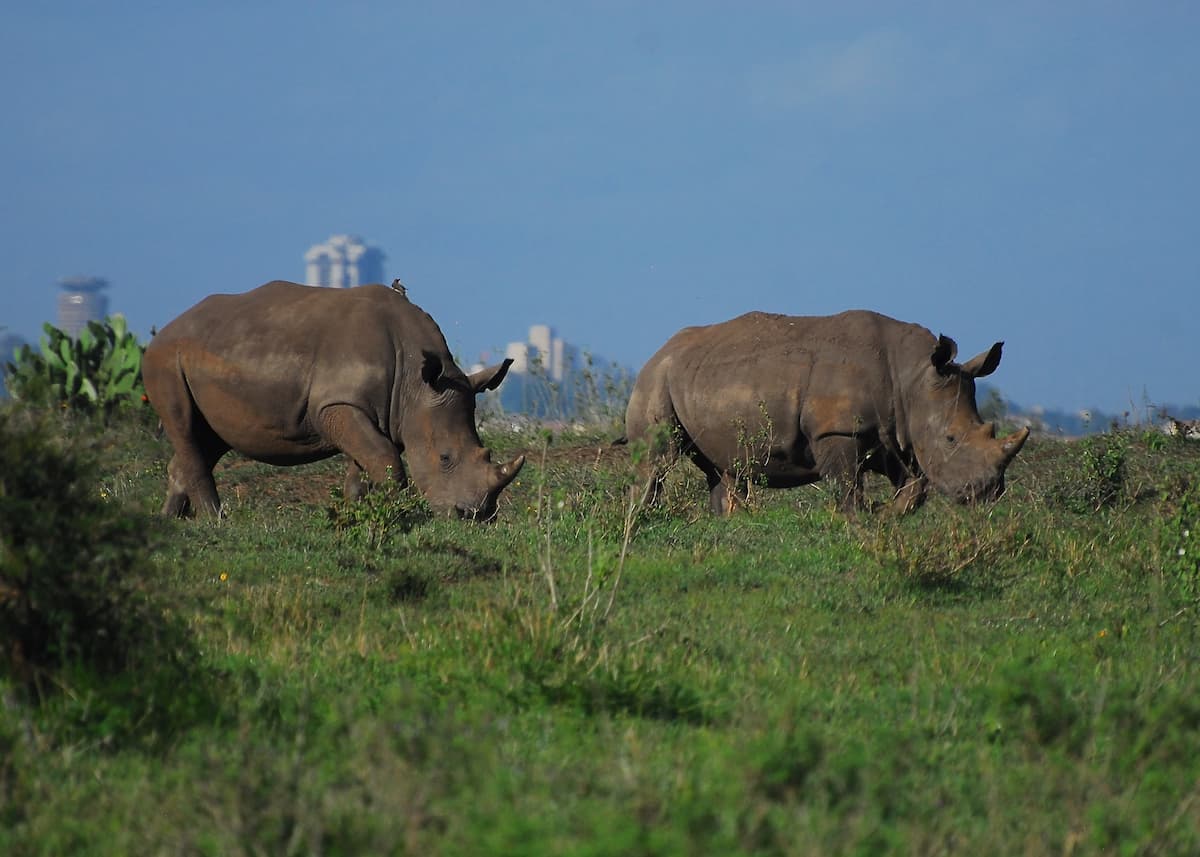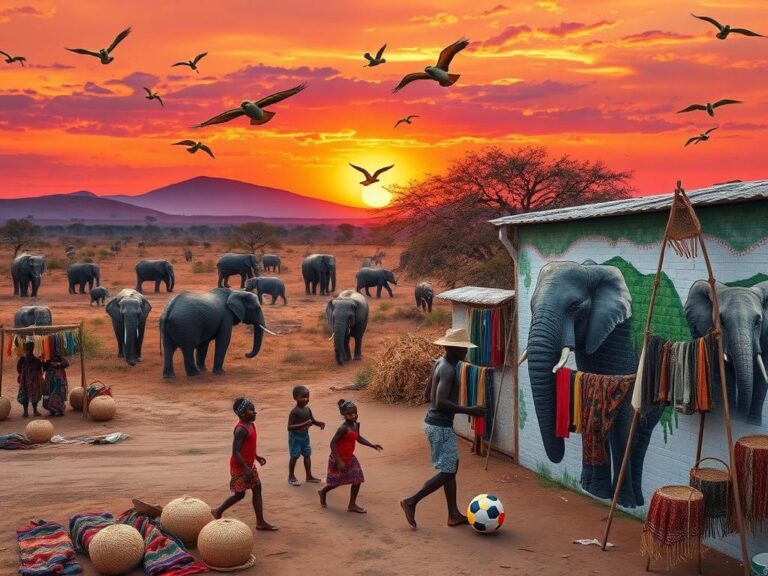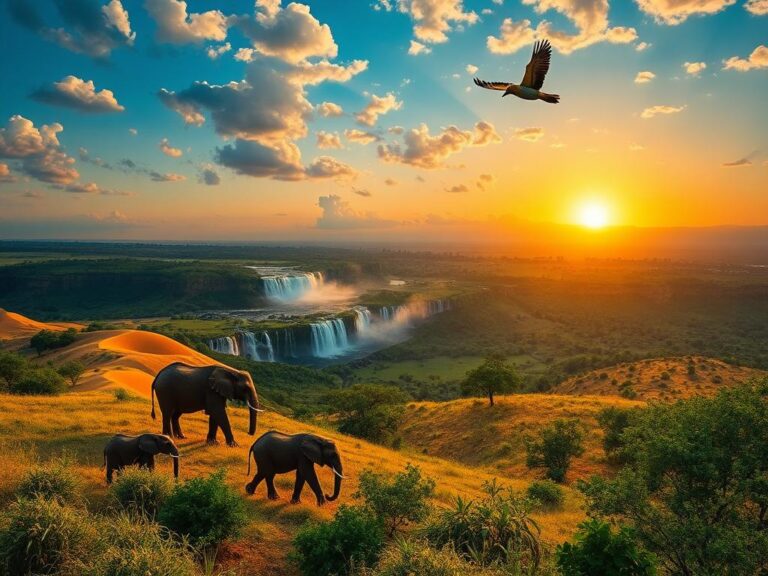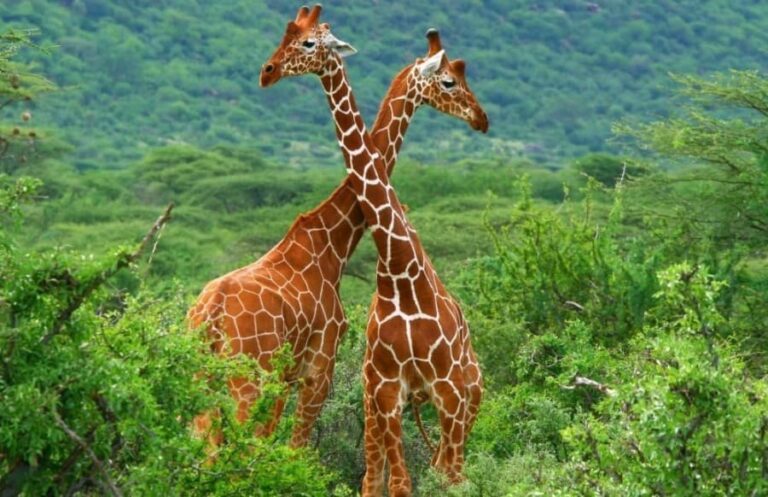
Best Time for a Kenya Safari: An In-Depth Guide to Planning Your Wildlife Adventure
Best time for Kenya safari never fails to trigger excitement in wildlife enthusiasts and adventurers alike.
As a safari destination known for its stunning landscapes and rich wildlife, Kenya draws countless travelers each year.
But when is the best time to experience this remarkable country up close?
The answer relies heavily on a variety of factors, including weather patterns, wildlife movements, and your personal preferences.
This article delves into the ideal times for a safari in Kenya, providing insights on when to witness the Great Migration, when to enjoy the best weather, and how to experience immersive wildlife encounters uniquely tailored to your taste.
Understanding the Seasons in Kenya
Kenya’s weather can be broadly categorized into two main seasons: dry and wet.
Understanding these seasons is key to determining the best time for a Kenya safari.
The dry season, typically spanning from June to October and January to February, is characterized by sunny skies and warm temperatures.
During these months, wildlife concentrates around water sources, making it easier to spot the animals you want to see.
In contrast, the rainy season, which stretches from April to June and November to December, brings lush landscapes and fewer tourists, but can make some areas harder to access.
When planning a safari, you need to consider what experiences you want the most.
The Great Migration: A Marvel to Witness
The Great Migration is undoubtedly one of nature’s most incredible events.
Between June and October, over a million wildebeests, zebras, and other herbivores journey across the Maasai Mara in search of food and water.
This phenomenon not only provides breathtaking scenery but also creates ample opportunities to witness thrilling predator-prey interactions.
Photographers and wildlife enthusiasts should time their safaris during these months to witness the heart-pounding river crossings and the dramatic landscapes teeming with life.
As renowned naturalist, Dr. Richard Leakey once remarked, “The Great Migration is the heartbeat of the African wilderness—an extraordinary journey that shapes the ecosystem.”
Planning your safari between June and August can give you the chance to see many of these breathtaking river crossings.
Best Weather for Wildlife Viewing
When considering the best time for Kenya safari, weather plays a crucial part.
From January to March, visitors can enjoy dry sunny days with very little rain.
This is also the time when animals are more active around waterholes, making it an excellent period for spotting wildlife.
During this time, expect temperatures ranging from the high 70s to mid-80s (Fahrenheit), which is perfect for outdoor activities.
If you’re a birdwatching enthusiast, this period also serves as many migratory birds return to Kenya, adding color to the landscape.
“To sit in the bush and observe, with all your senses, what nature is doing, is richly rewarding,” said Kenyan conservationist and author, Tony Dyer.
Choosing the right time for your safari can lead to unforgettable experiences.
Avoiding the Crowds: Travel During the Off-Peak Seasons
For travelers seeking tranquility and intimacy in their experience, consider visiting Kenya during the long rains (April to June) or short rains (November to early December).
During these months, tourist numbers typically decrease, creating more space and solitude during game drives.
Not only do you get to enjoy the sights and sounds of the bush in relative peace, but you could also benefit from promotional offers and reduced rates at various lodges and camps.
During these times, the scenery transforms as the landscape becomes vibrant with lush greens and blooming wildflowers, creating a picturesque backdrop.
Both visitors and locals alike often appreciate the quieter ambiance to connect with the environment.
Birdwatching Enthusiasts: The Ideal Time
Birdwatching is a fantastic component of safaris in Kenya, which can be enjoyed from November through April.
This period is conducive to spotting migratory birds returning from Europe and North America, around 500 unique species visible.
Visitors can observe a magnificent array of species, including vibrant bee-eaters, storks, and the iconic African spoonbill.
Kenya has numerous locations ideal for birdwatching, such as the Lake Nakuru National Park and the Nairobi National Park, allowing bird lovers to experience nature at its finest.
Expert ornithologists recommend that, “A diverse array of bird species is best experienced where their habitats range from wetlands to savanna.”
Experience Calving Season: A Unique Opportunity
January and February mark the calving season, offering another unique and heartwarming experience.
During this time, you can witness newborn wildebeests and antelopes take their first steps in the wild.
This period presents fantastic opportunities for wildlife photography, showcasing scenes that epitomize the essence of life on the African plains.
Moreover, this time attracts predators, providing the opportunity to observe the intricate relationships between various species.
Whether you are a seasoned photographer or a casual observer, the scenes of birth and growth during this unique time will undoubtedly leave a lasting impression.
Culture and Community Interactions: Year-Round Opportunities
One cannot discuss the best time for a Kenya safari without considering the rich cultural experiences it has to offer.
Kenya is home to diverse communities, including the Maasai and Samburu cultures, each presenting their own traditions and practices.
Year-round, travelers can engage in cultural rituals, local festivals, and unique local foods.
Experience traditional dances, storytelling, and live interactions that enhance the safari experience beyond wildlife viewing.
Visiting local villages allows you to connect with the people, gaining insight into their way of life while supporting the local economy.
Optimal Photography Conditions: Capture the Essence of Kenya
If photography is a consideration for your safari, timing your activities is crucial.
Early mornings and late afternoons provide the best natural light for landscape and wildlife photography—these are the golden hours.
During these times, animals are more active, giving photographers the opportunity for stunning shots.
Be sure to focus on specific subjects you wish to capture, from wide shots of the landscape at sunrise to close-ups of animals at watering holes.
As renowned wildlife photographer Art Wolfe stated, “The best photographs stem from patience, observation, and a profound respect for nature.”
Accessibility of Parks and Reserves: Road Conditions Matter
Another vital aspect of safari planning involves the accessibility of parks and reserves.
During the rainy season, many roads become impassable, making travel to certain areas difficult or time-consuming.
During the dry season, however, the roads are more accessible, allowing for easier exploration of remote parks and reserves.
This season facilitates access to lesser-known parks where wildlife is abundant but is less frequented by tourists, leading to a more exclusive experience.
Overall, being aware of road conditions and park accessibility can significantly enhance your overall experience.
Adventure Activities: Options for Every Season
Kenya offers a variety of adventure activities that can be enjoyed all year round, including hot air balloon safaris, walking tours, and even mountain climbing.
These activities allow you to immerse yourself in the diverse landscape and appreciate its beauty from various perspectives.
For instance, hot air balloon safaris offer breathtaking views of the savanna during sunrise, allowing travelers to observe wildlife from a unique vantage point.
Participating in guided walking tours or hikes in national parks provides an opportunity to connect with nature intimately.
These experiences weave adventure into your safari itinerary, ensuring an unforgettable experience.
Conclusion: Planning Your Perfect Kenya Safari
Determining the best time for a Kenya safari relies on various factors, including your wildlife interests, preferred weather, and what experiences you wish to have.
Whether you want to witness the Great Migration, observe birth during calving season, or take advantage of quieter periods, Kenya offers something for everyone.
Additionally, engaging in cultural experiences and adventurous activities can enhance your safari, creating unforgettable memories.
Ultimately, a well-planned safari based on your objectives will lead to a remarkable adventure in one of Africa’s most stunning destinations.
FAQ
What is the best month to go on a Kenya safari?
The best time to go on a Kenya safari largely depends on what you wish to see. Generally, June to October is considered ideal for wildlife viewing due to the Great Migration, while January to March offers excellent weather conditions.
Can I go on a Kenya safari during the rainy season?
Yes, visiting during the rainy season can offer beautiful landscapes, lush greenery, and fewer crowds. April to May and November to early December are less popular times but can still provide incredible wildlife experiences.
Is wildlife viewing better in the dry season?
Yes, the dry season is generally favorable for wildlife viewing as animals gather around water sources, making them easier to spot. However, each season has its unique charm and plenty of wildlife to enjoy.
What should I pack for a Kenya safari?
When packing for a Kenya safari, be sure to include comfortable, breathable clothing, a hat, sunscreen, insect repellent, binoculars, a camera, and sturdy walking shoes. It’s also a good idea to bring layers for cooler evenings.
How can I engage with local cultures during my safari?
Engaging with local cultures is possible year-round by visiting traditional villages, participating in cultural events, and seeking out experiences that allow you to interact with locals in an authentic setting.


